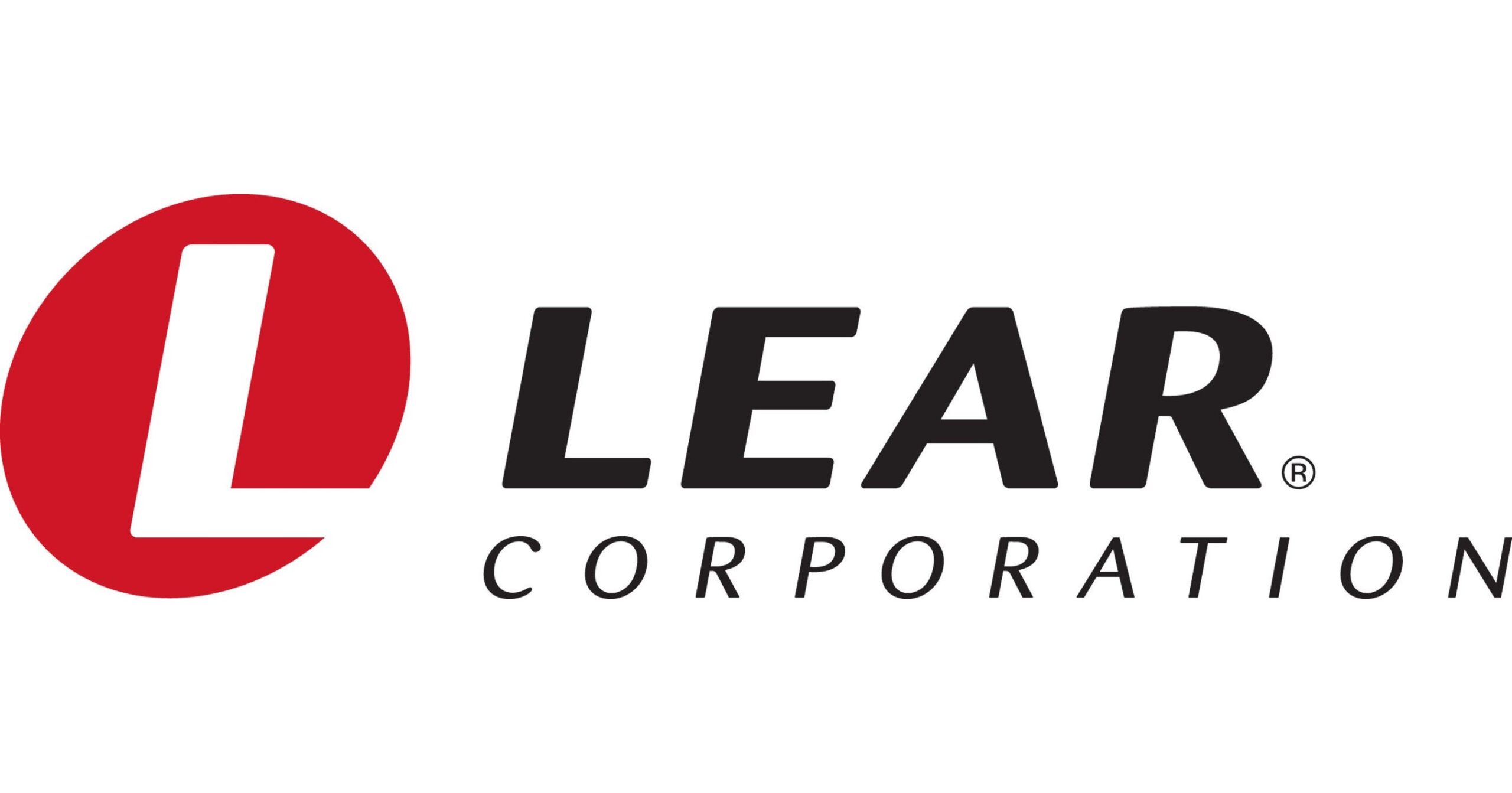Robotics
Robotic Automation has found its way into many different areas in manufacturing. Robots are used in high production, high volume environments and can also scale down to be used in growing businesses. Modern robots can be used in low- to medium-volume manufacturing

















Solution with amazing Features
Flexible manufacturing systems
A flexible manufacturing system (FMS) is a form of flexible automation in which several machine tools are linked together by a material-handling system, and all aspects of the system are controlled by a central computer.


Computer process control
In computer process control, a digital computer is used to direct the operations of a manufacturing process. Although other automated systems are typically controlled by computers.
Remain responsive across devices

OUR OFFERINGS
Lower operating costs
Robots streamline processes and increase part accuracy, which means minimal material waste for your operation
Improved worker safety
Automated cells remove workers from dangerous tasks. Your employees will thank you for safeguarding them against the hazards of a factory environment.
Reduced factory lead times
Automation can keep your process in-house, improve process control and significantly reduce lead times compared to outsourcing or going overseas.
Faster ROI
Automation solutions are based on your unique needs and goals and pay for themselves quickly due to lower operating costs, reduced lead times, increased output and more.
Better planning
Consistent production by robots allows a shop to reliably predict timing and costs. That predictability permits a tighter margin on most any project
Easy integration
Productivity will work with you to provide a complete system – hardware, software and controls included.
Benefits of Robotics

Ability to be more competitive
Automated cells allow you to decrease cycle times and cost-per-piece while improving quality. This allows you to better compete on a global scale. Additionally, the flexibility of robots enables you to retool a cell to exceed the capabilities of your competition.

Improved Workplace Safety
Less room for error translates to improved workplace safety. Robots can work in environments and on tasks that are considered high-risk for human employees. For example, robots can work in environments with dangerous temperatures or higher associated risks such as in mining or certain types of manufacturing. By utilizing robotic automation systems for these tasks, manufacturers can significantly reduce the occupational hazards that employees may be exposed to

Consistent Speed and Quality
Industrial robots can complete routine tasks at a consistent quality and speed, which can enable more predictable and increased production output and ensure products are always crafted with the same specifications. Industrial robots’ ability to complete routine tasks also allows employees to be assigned to work in roles that are both more complex and fulfilling, as well as less hazardous.

Better Floor Space Utilization
Robots do not require the same space as humans, meaning manufacturers can better utilize their floor space to fit additional inventory or production lines. For example, wide aisleways initially intended for human navigation can be condensed to allow for the minimum required clearance for a robot to navigate.